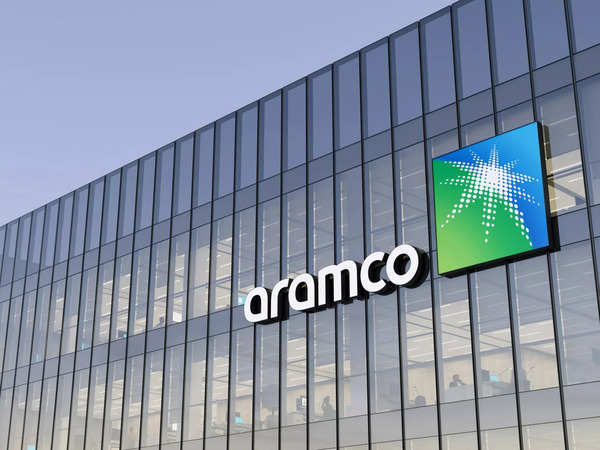Saudi Arabia, the world’s leading oil exporter, is currently producing about nine million barrels per day (bpd), well below its capacity of 12 million bpd. Production averaged 8.8 million bpd in June, reflecting ongoing cuts since October 2022. At that time, the OPEC+ coalition, led by Riyadh and Moscow, agreed to reduce output by two million bpd to support oil prices.
Further production cuts were announced in April 2023 by several OPEC+ members, and Riyadh added an additional voluntary cut of one million bpd in June 2023. The output is expected to remain steady until at least October, when a new OPEC+ agreement will permit gradual monthly increases, according to Jadwa Investment.
Aramco remains a cornerstone of Saudi Arabia’s economy and a key player in Crown Prince Mohammed bin Salman’s Vision 2030 reform plan, which aims to diversify the kingdom’s revenue streams beyond oil. The company’s profits fund major projects like the NEOM mega-city, a new airport in Riyadh, and various tourism and leisure developments.
The International Monetary Fund (IMF) projected in April that Saudi Arabia would need an oil price of $96.2 per barrel to balance its budget in 2024. However, Brent crude was trading at $76.43 per barrel on Tuesday, amid global stock market declines driven by U.S. recession fears.
Despite the market fluctuations, Aramco CEO Amin Nasser remains optimistic about global oil demand, highlighting strong interest from China. Nasser suggested that current price drops may be an overreaction to short-term economic news.
Aramco, which is approximately 81.5% government-owned, continues to attract significant investment. The company’s initial public offering in 2019 was the largest in history, raising $29.4 billion, and a secondary offering this year brought in $12.35 billion.
In May, Aramco declared a base dividend of $20.3 billion for the first quarter and an additional performance-linked dividend of $10.8 billion for the second quarter. Looking ahead, the company expects to announce industry-leading dividends totaling $124.2 billion for 2024.
While Aramco enjoyed record profits in 2022 due to soaring oil prices following Russia’s invasion of Ukraine, its earnings have since dropped, reflecting lower oil prices and production cuts. The company also abandoned plans to expand its production capacity to 13 million bpd, citing a shift toward cleaner energy sources.
Saudi Arabia aims for net-zero carbon emissions by 2060, and Aramco is targeting “operational net-zero” emissions by 2050, excluding emissions from the use of its products. Nasser affirmed that oil and gas demand will continue to be vital to the global economy for the foreseeable future.


